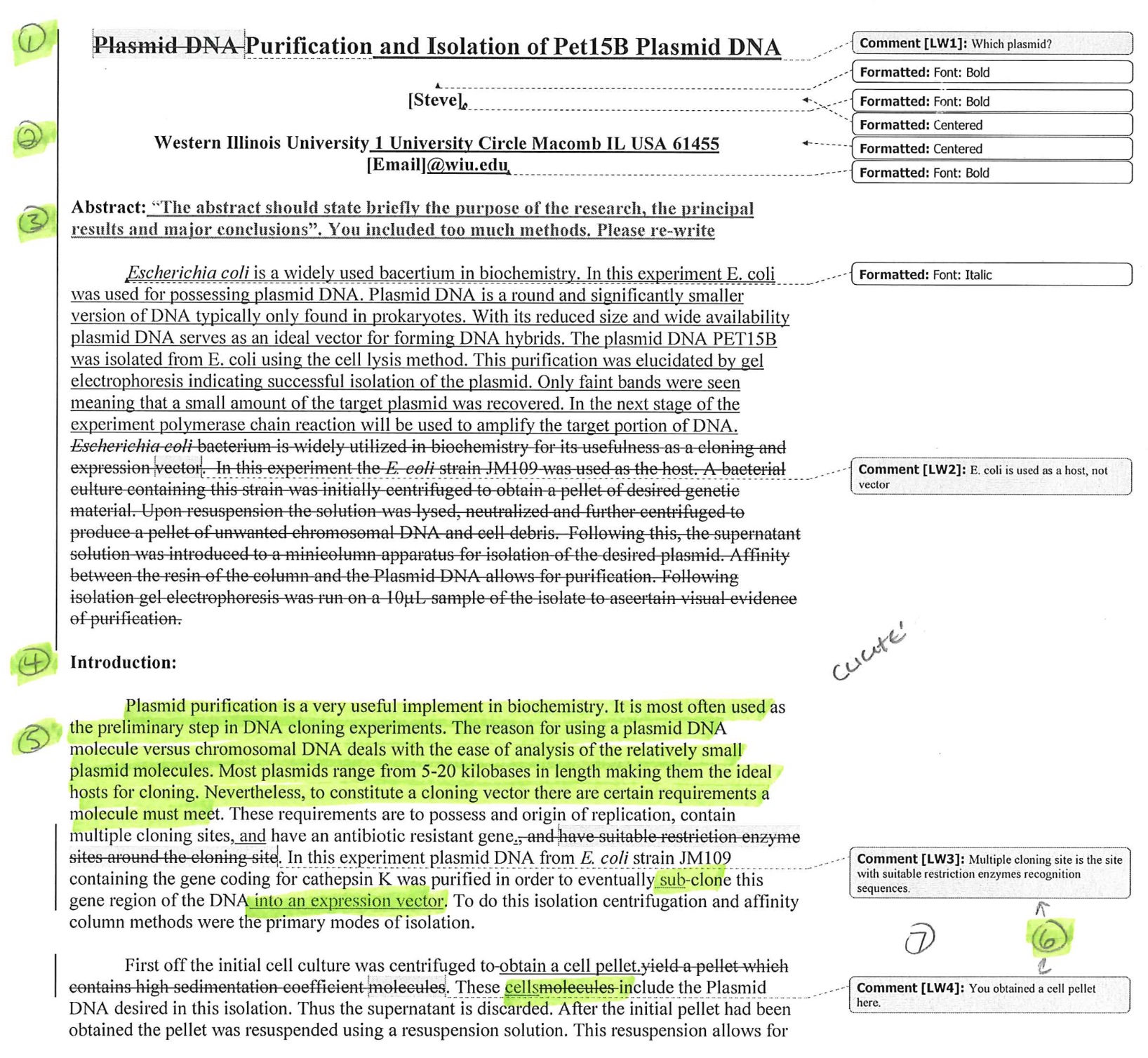
Guest editors Neil Baird, Bowling Green State University, and Bradley Dilger, Purdue University
Composition Forum, Summer 2022
Lee Odell, Dixie Goswami, & Anne Herrington (1983) created the discourse-based interview (DBI) to explore tacit knowledge: the practical, implicit, incompletely articulated knowledge which guides writing choices (Polyani, 1958), often as values shared among communities (Swales, 2004). Writing researchers engage DBIs by reviewing relevant texts to identify important writing choices, then asking participants to consider and discuss alternatives. Our review of recent scholarship employing the DBI has revealed a range of approaches to developing questions and conducting interviews, many using technology not available in 1983: screencasting (Swarts, 2009); electronic comparisons of texts (Olinger, 2014); and computer-based corpus linguistics (Lancaster, 2016). Nearly forty years after Odell, Goswami, & Herrington wrote, we ask: how has the DBI changed? How and why it is still widely used? What is its future? How can digital tools improve its accuracy and effectiveness?
Odell, Lee; Goswami, Dixie; and Herrington, Anne. (1983). The discourse-based interview: A procedure for exploring the tacit knowledge of writers in nonacademic settings. In P. Mosenthal, L. Tamor, & S. A. Walmsley (eds), Research on Writing: Principles and Methods (pp. 221-236). Longman.
Our research design has two parts:
Literature review and citation analysis. Using Proquest and Scopus, we have cataloged over 100 dissertations and 250 articles that cite Odell, Goswami, & Herrington. From these sources, we have developed a list of themes we are refining through iterative analysis:
Semi-structured interviews with researchers. Based on our review of the literature, we have identified researchers in writing studies who have used the discourse-based interview and/or taught others to use it. We have reviewed twelve scholars to date, including Odell, Goswami, & Herrington, asking questions that investigate the themes above, but also engaging “meta-DBI” techniques where we pose alternatives to articles researchers. We are currently recruiting additional researchers, especially those working in fields such as applied linguistics, disability studies, and writing centers.
Our interview process includes careful member-checking. Because pseudonyms would not protect confidentiality of scholars due to their readily identifiable projects, we elected to represent participants using their actual names. As a result, we sent each participant a transcript of their interview for review and additional comment. We will consult further with participants as we begin to publish findings.
Our research has isolated ten key areas related to modifications of the DBI made by researchers:
| # | Methodological concern | Description |
|---|---|---|
| 1 | Research questions used in their studies | Influences other items listed here; indicates if DBI is used outside writing studies (for example, in education or legal studies) |
| 2 | Definition of tacit knowledge | Does it differ from OG&H, who relied on Polyani? How much does tacit knowledge motivate the study? Is tacit knowledge engaged at all? |
| 3 | Explicit methodological concerns | Some researchers identified specific concerns with the DBI; a subset also named measures taken to address them. (For example, participants sometimes reacted to interviewers as if they were editors, suggesting a different way to present alternatives.) |
| 4 | Question formation methods | How do researchers develop the questions they want to ask, and alternative writing choices — if they offer the latter? |
| 5 | Medium or technology (used as artifact) | What is the type of artifact used in the interview? While most use documents authored by participants, some used video or other media. |
| 6 | Medium or technology (used for recall) | What media are used to stimulate recall? Is it the text itself, or something secondary associated with its creation, such as a screen recording or video of the participant composing? |
| 7 | Engagement with time in methods | Researchers varied the time between composition, the interview, and recall, and between different stages of the research such as literacy history interviews conducted prior to DBIs. |
| 8 | Type of interviews | Does interview present all of the typical DBI characteristics — specific questions about writing choices asked to stimulate recall of tactic knowledge? Are they face to face or videoconference? |
| 9 | Duration of interviews | Length of interviews varied widely. |
| 10 | Preparation for interviews | Some researchers insist that the DBI be part of a series of interviews, ensuring a literacy history of the participant guides questioning and analysis. Others work without this information. |

We are currently recruiting additional researchers, especially those working in fields such as applied linguistics, disability studies, and writing centers. We’re also committed to representing researchers from historically marginalized groups, or DBI studies that target writers from these groups.
If you are interested in sharing your experiences with the DBI, please reach out to us at dbi@dtext.org.
Return to main page for “The Discourse-Based Interview” special issue